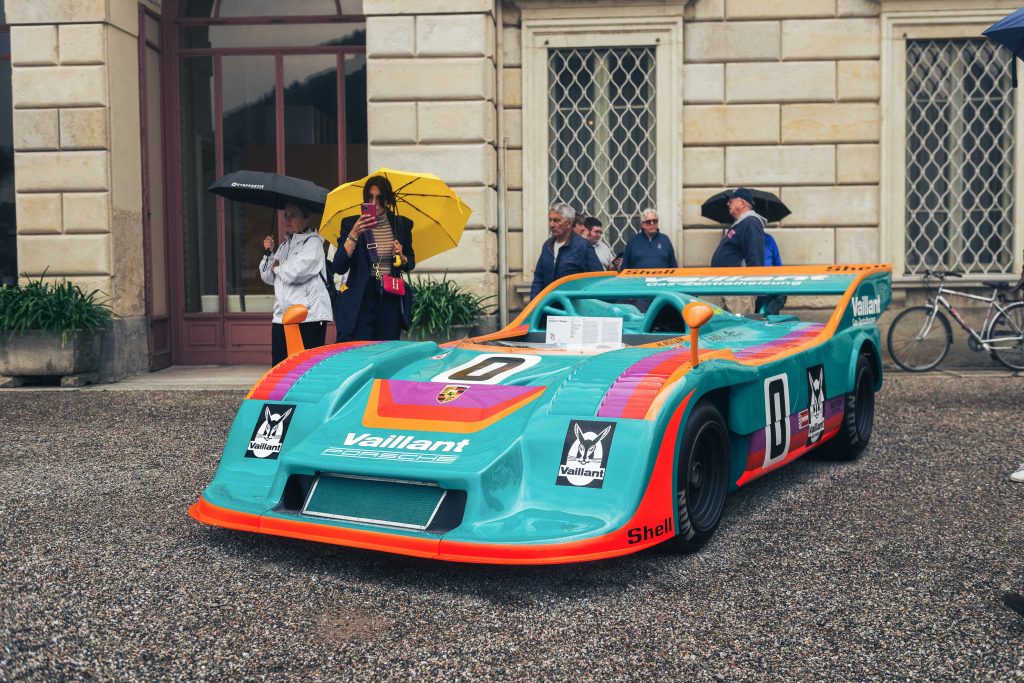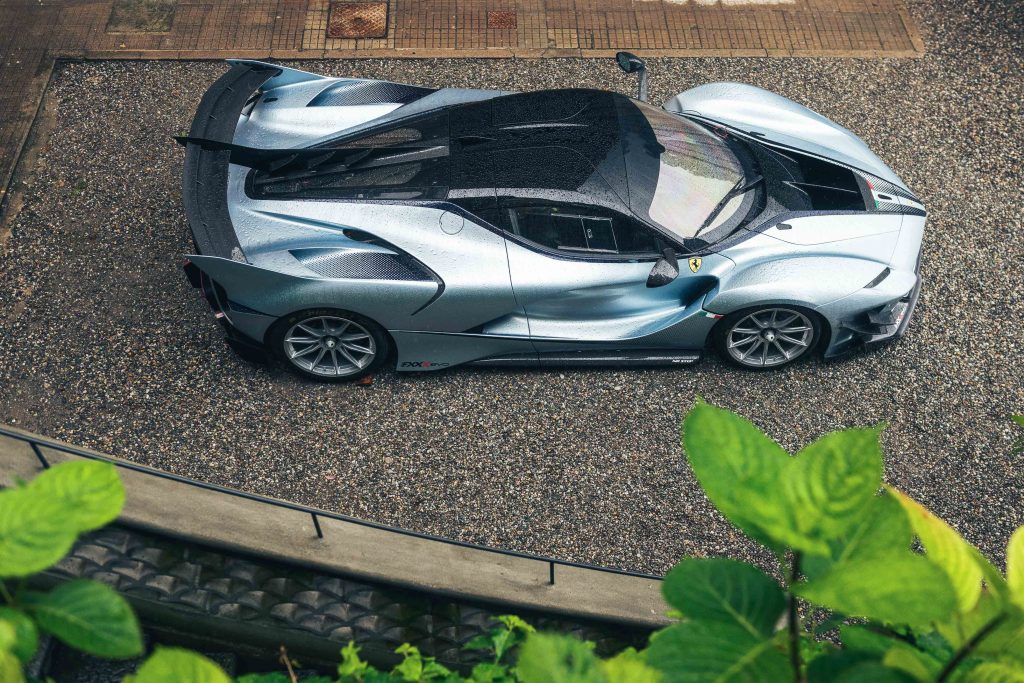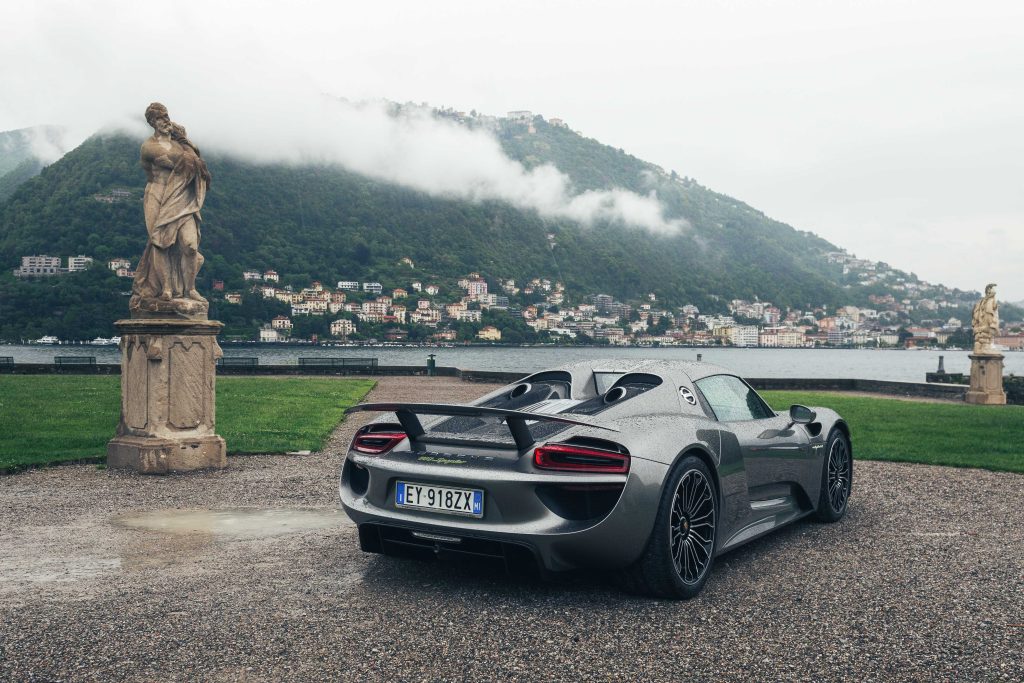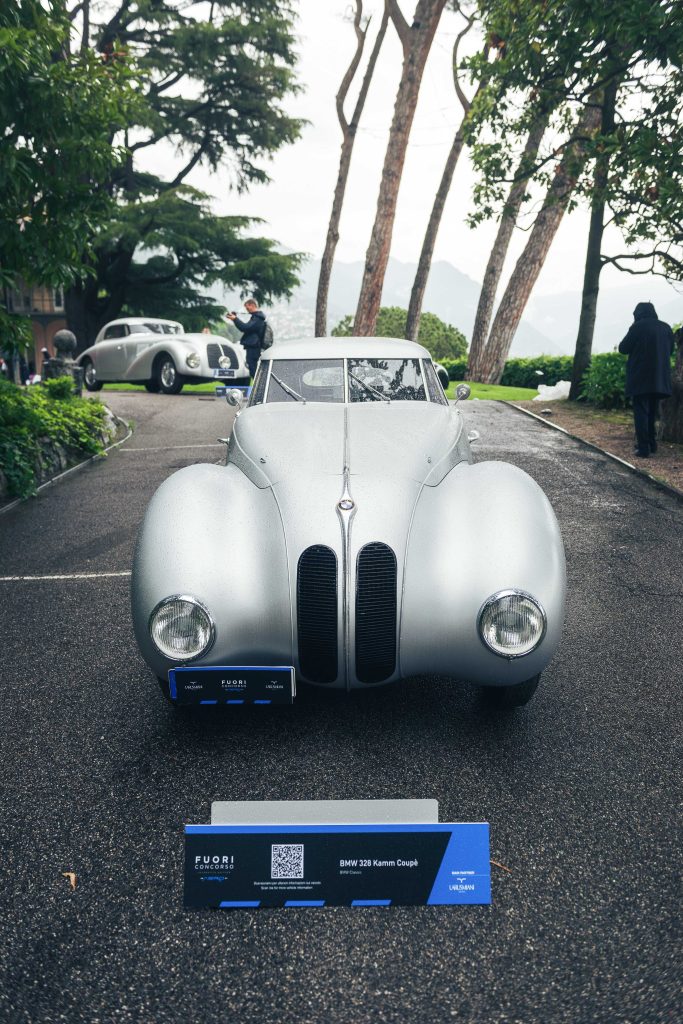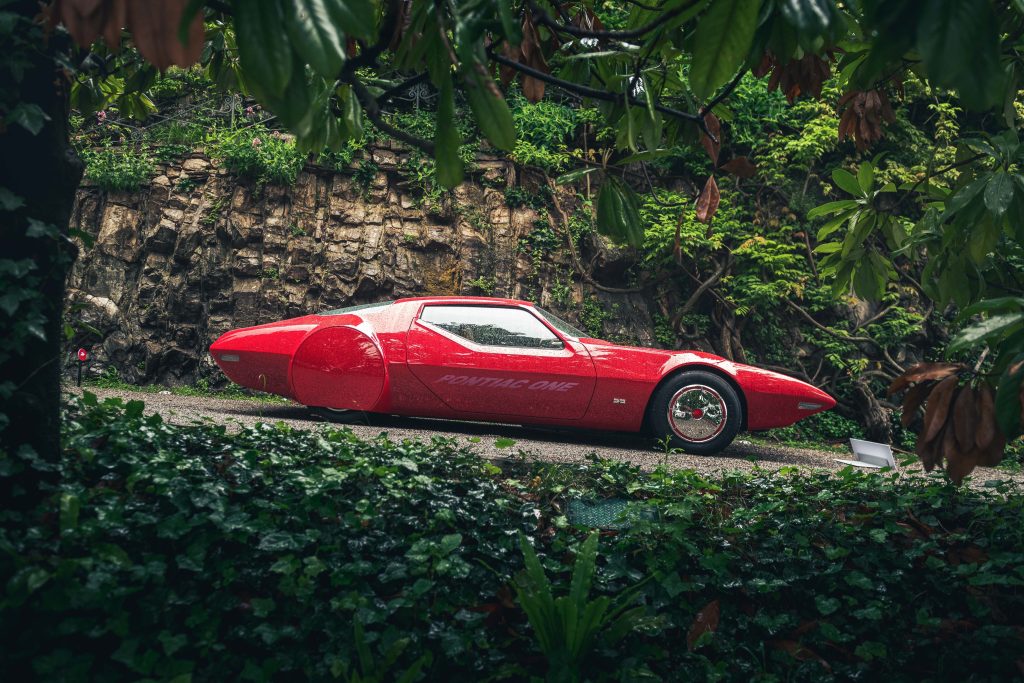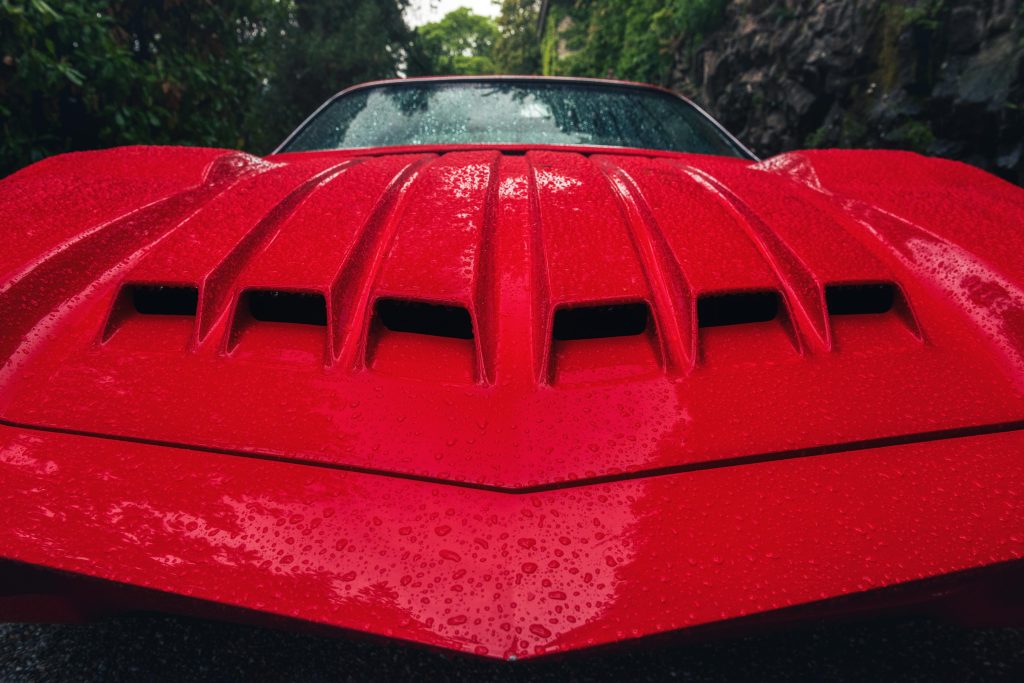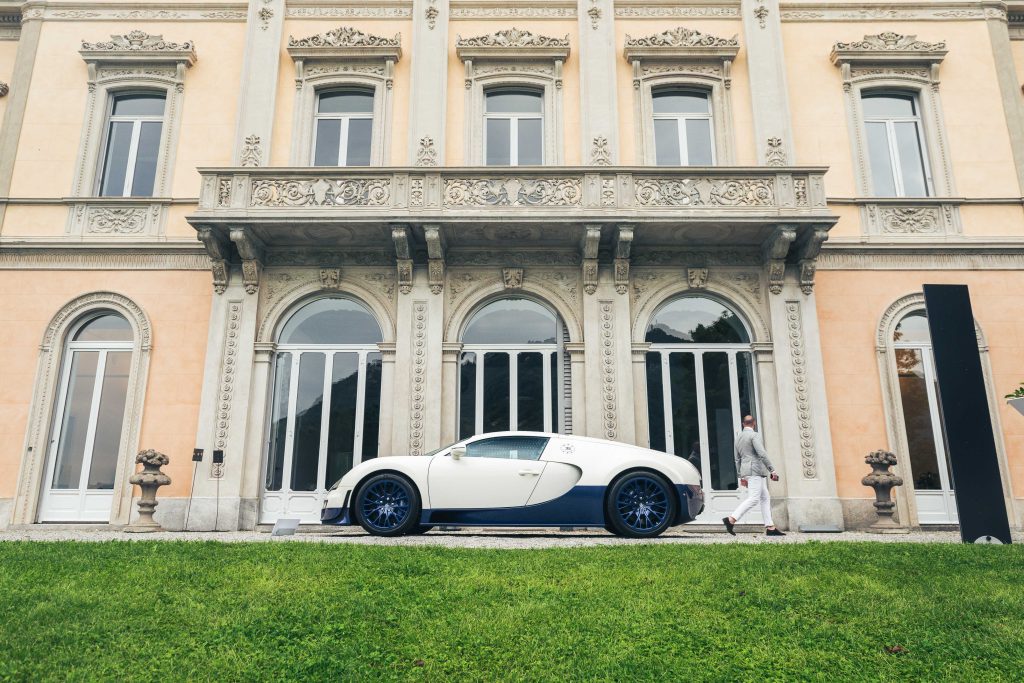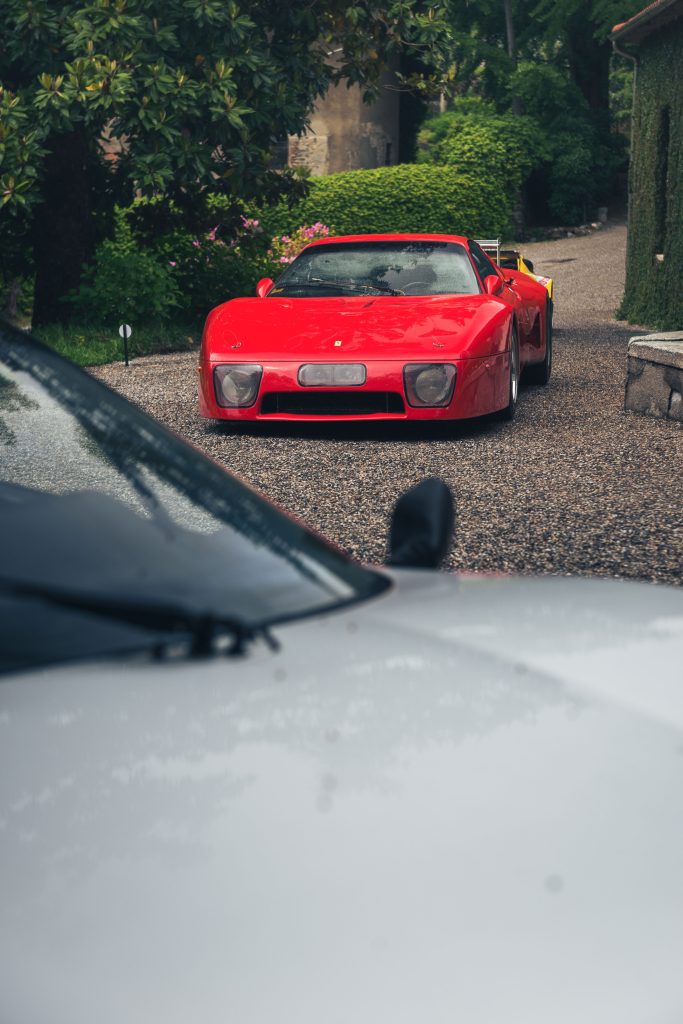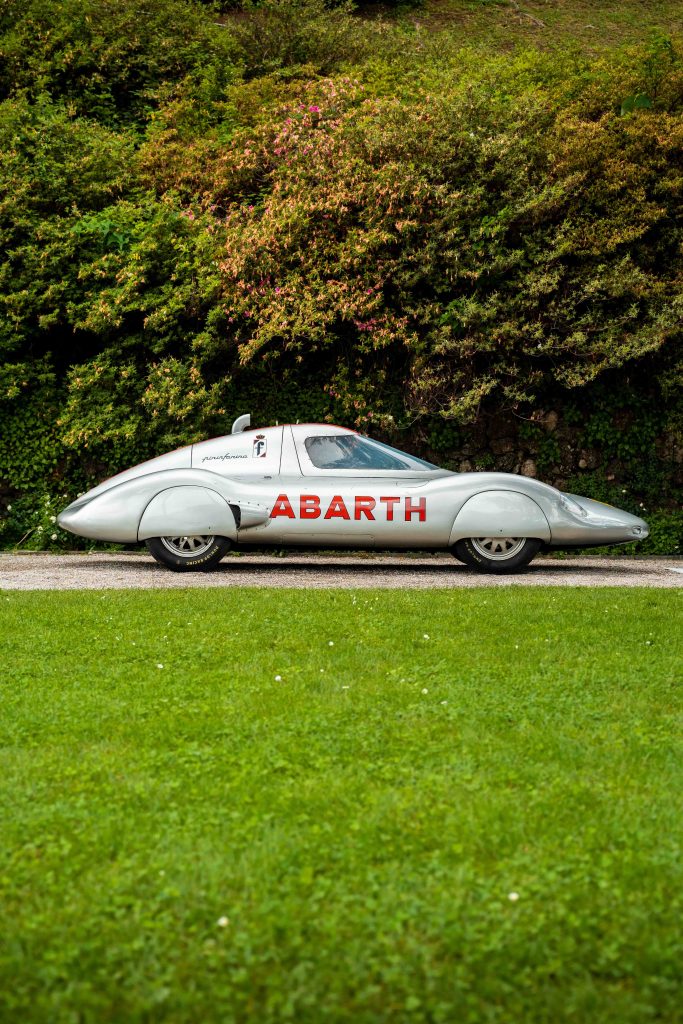There is a lot to love about Europe in May. The Mille Miglia. Villa d’Este. The Monaco Grand Prix and Historique. Now, firmly established and having just concluded its fifth annual event, FuoriConcorso deserves to be added to the list.
Spread across three of Lake Como’s waterfront villas—Grumello, Belvedere, and Olmo—and sprawling into the sloping woodland into which they are set, FuoriConcorso must be among the most Instagram-friendly concours on the planet. The swarm of blue-ticked photographers at the gates would likely agree, as this is surely the first concours created with social media’s algorithmic aesthetic in mind. And it shows, because you’ll find no lines of chevron-formation parking here. Walking up the (many) steep pathways and grand stairways of the landscaped gardens, you find instead that each car has been placed with uncanny precision. Fuori’s generous use of space affords each car a knockout photo-op.

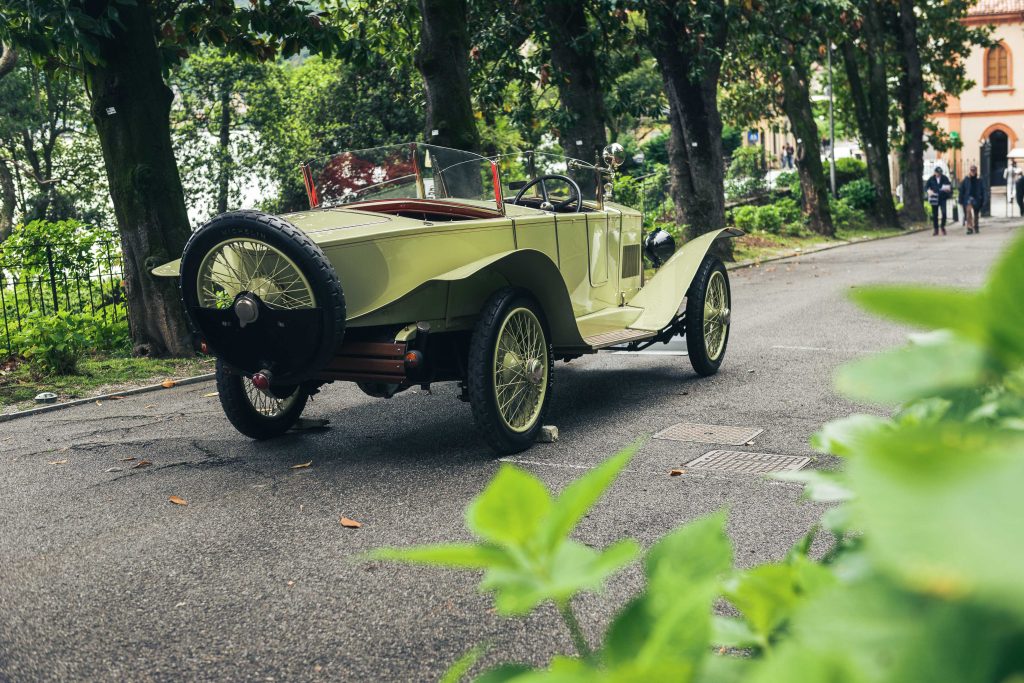
Entry to FuoriConcorso is via Villa Grumello, and its ascending driveway gently teases what is in store. With 2023’s event celebrating the history of aerodynamics, each step taken revealed another sinuous and slippery streamliner. Representing the fledgling years of aero, the rakish and boat-tailed 1924 Diatto 20S Torpedo looked perfectly at home against the Lago di Como backdrop. The soundtrack of a softly lapping shore seemed appropriate, too.
Holding court and sat end-to-end were two very different, very Italian approaches to land speed record-breaking: Fiat’s dramatic and indulgent gas turbine Turbina from 1954; and Abarth’s diminutively equipped 1000cc Monoposto Pininfarina. A theatrically finned jet-age beauty, the Turbina was canned early in its career as costs spiraled faster than its 22,000-rpm fan blades. The Abarth, however, is far more purposeful and proved its worth in 1960 by setting an average speed record of 203 km/h. Followed up by establishing a distance record of 12,824.545 km over 72 hours, at an average speed of 186.68 km/h, the Abarth and its wheel covers demonstrated that a slippery design is one compelling replacement for displacement.
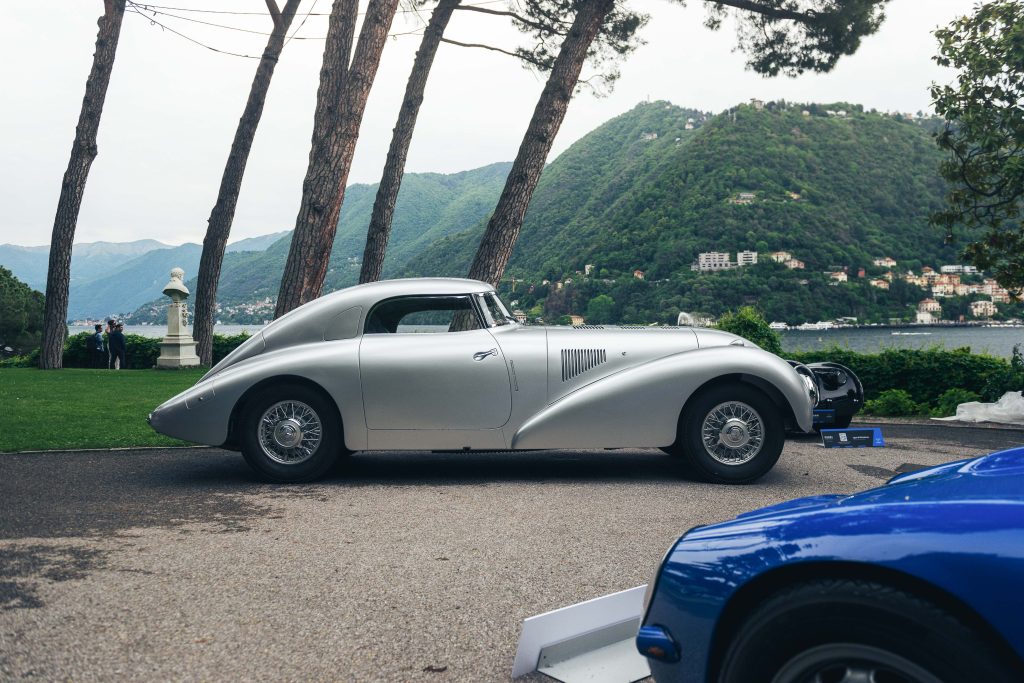
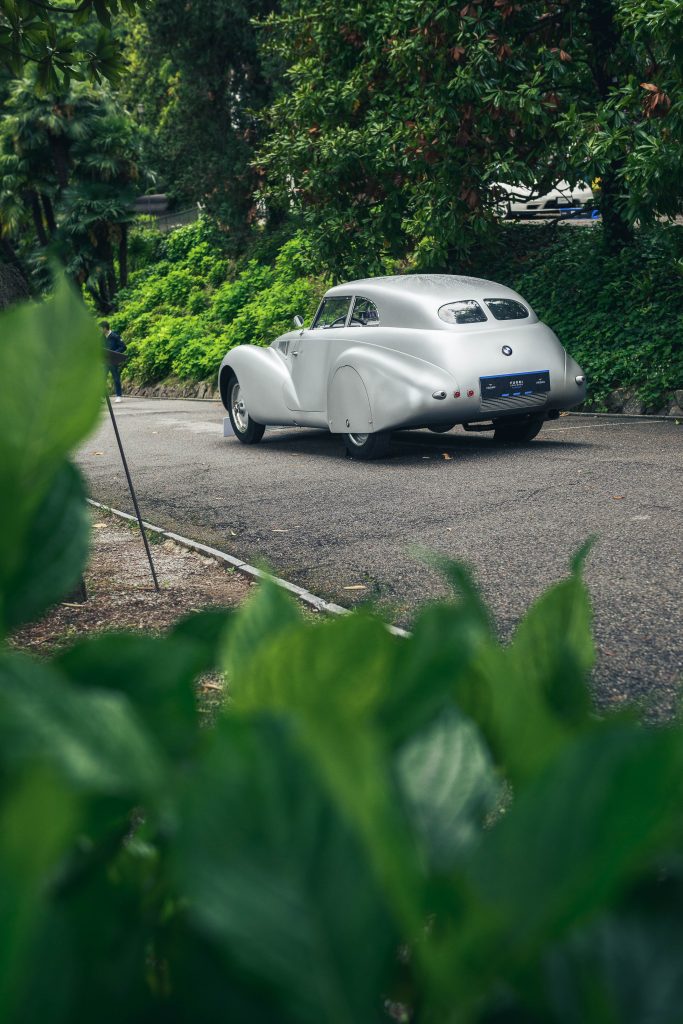
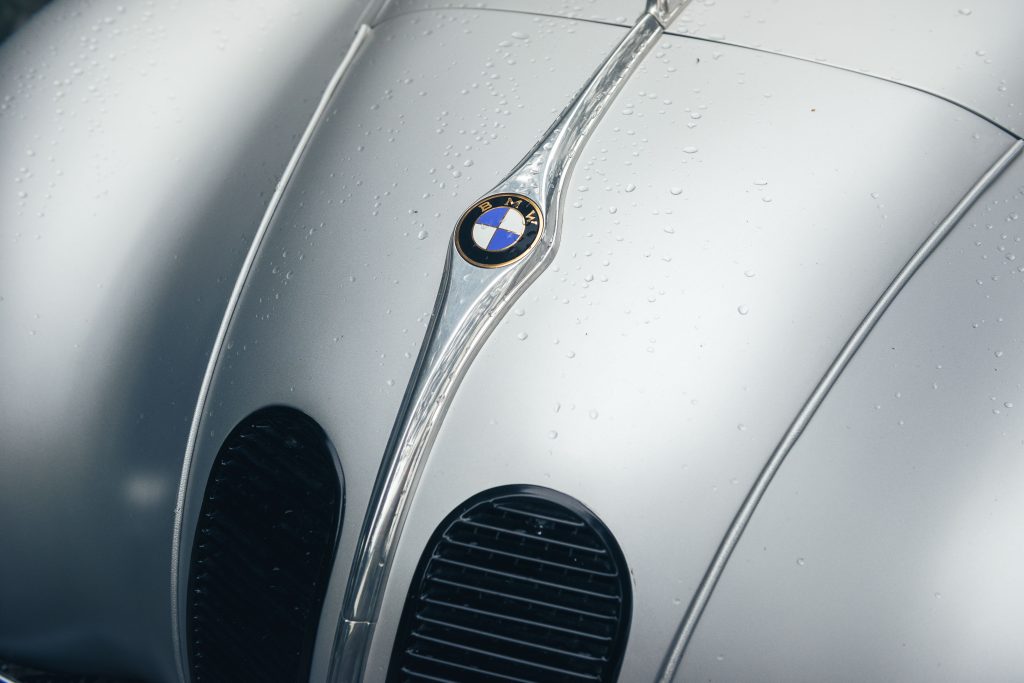
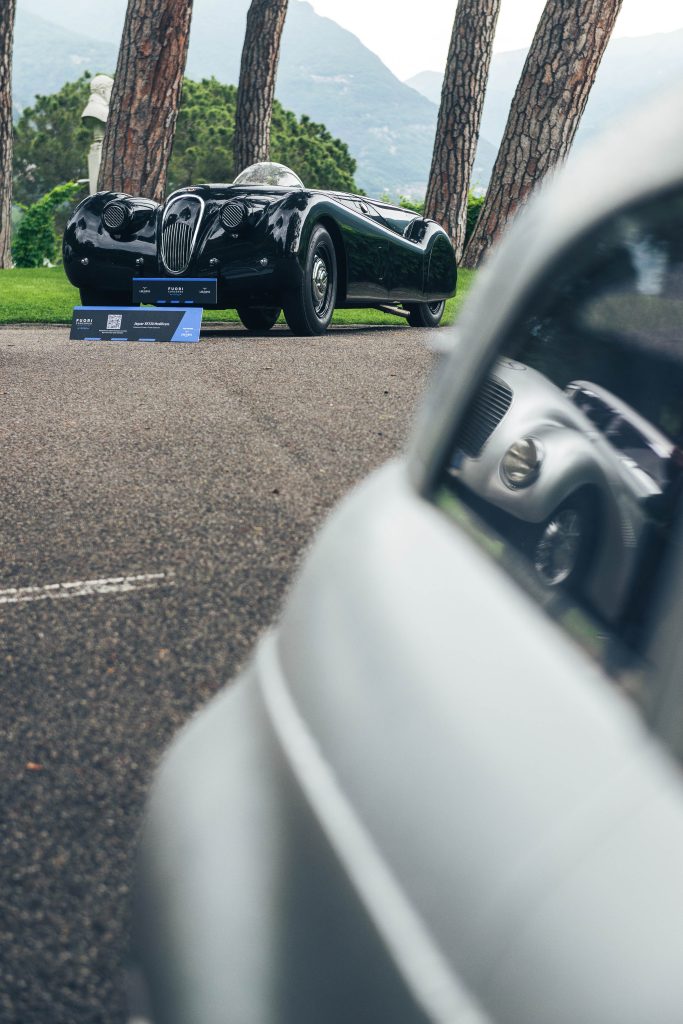
Both BMW and Mercedes offered support to the event in the form of their respective museums’ 328 Kamm Coupe and 540K Stromlinienwagen, which by their stylistic similarity suggested that there was far broader understanding of aero by the late 1930s.
The presence of a car from BMW’s collection is perhaps telling that it sees value in the addition of Fuori to the weekend’s main event, the Concorso d’Eleganza at Villa d’Este (which is sponsored by the Munich giant), rather than viewing the show as an upstart trying to steal any limelight. With the focus of Fuori being so entirely different, without a Panama hat or clipboard of judging notes in sight, it could even be said that this event offers a much needed shot of youth into the arm of the concours world. One might even consider FuoriConcorso a gateway event to the rather more serious neighbour.
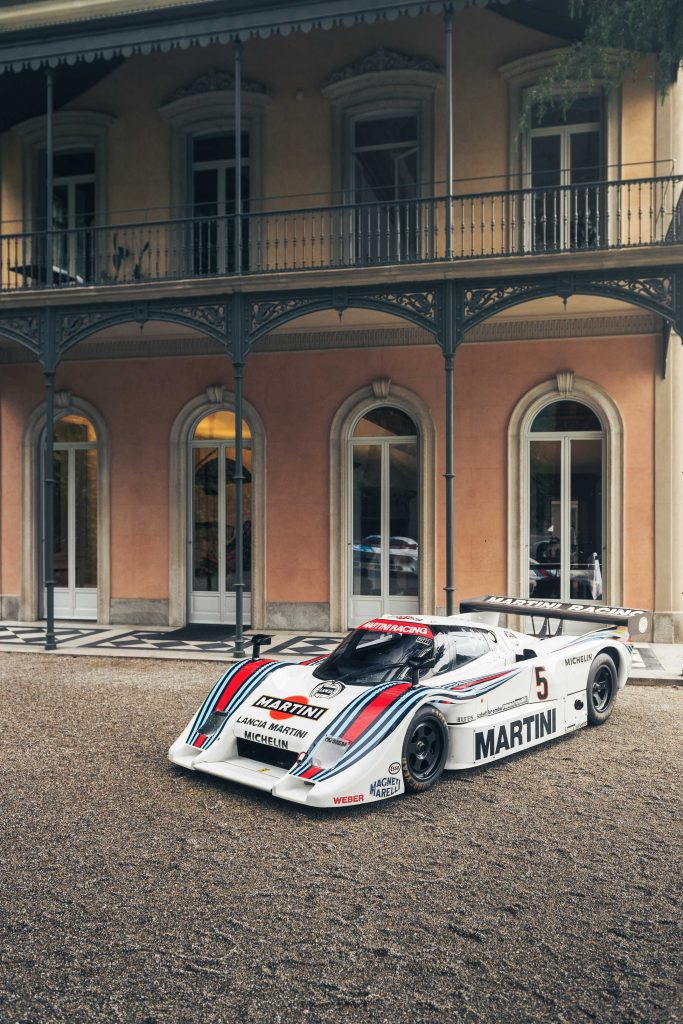
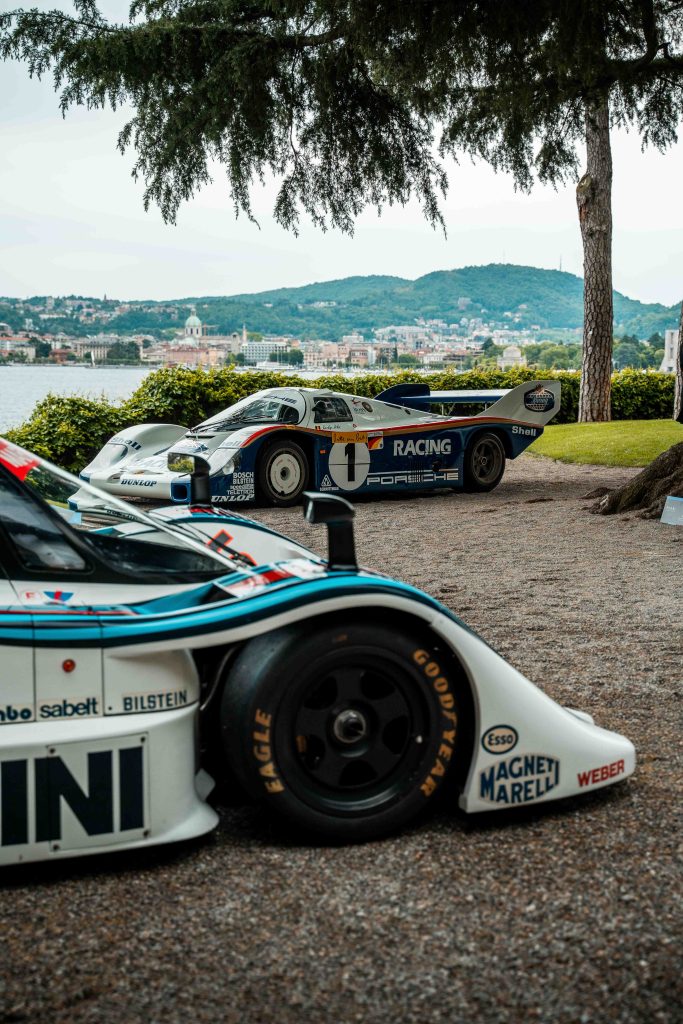
In its centenary year, Le Mans was not forgotten in the aerodynamic display and was indeed represented by arguably its most visually exciting eras: Group C and GT1. Looking entirely otherworldly in Grumello’s manicured garden above the lake were a Rothmans Porsche 956 and a Martini Lancia LC2. Once stopwatch sparring partners, in this setting these two were duelling only for the honour of the most evocative livery, while the plain white Maserati MC12 Corsa nearby offered an uninterrupted lesson in GT1 wind-cheating design.
High up in the woodland above the villa could be found an exclusive 50th birthday party for the Ferrari Berlinetta Boxer. An early Verde Germoglio (sprout green) 365 GT4 BB was practically camouflaged among the rainsoaked foliage, but it looked sensationally ‘70s once you’d spotted it, while the ex-Lauda and Agnelli BBs popped in vividly contrasting Rosso Chiaro and Argento. Joined by a Rosso Corsa BBLM and a Giallo Fly BB Competizione, the selection highlighted not only how well the shape has aged but how interesting period colours really do make certain cars.
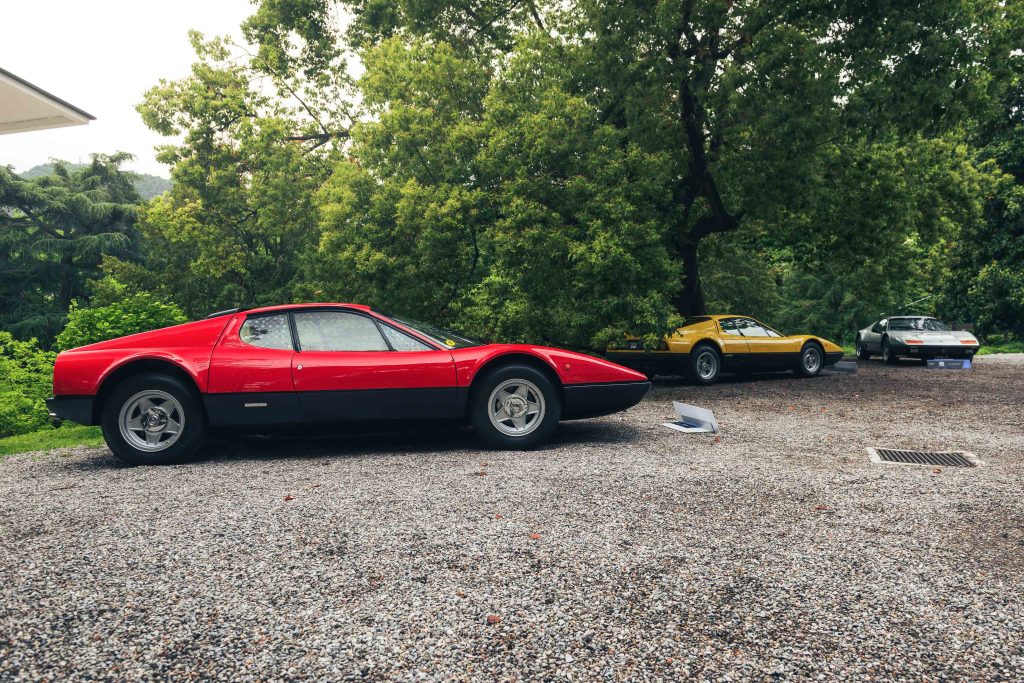
Following Fuori’s breadcrumb trail through the gardens, with a lurid Leyton House-liveried Lamborghini LM002 positioned at the midway point to keep you from straying into the wild, hypercars were the order of the day at Villa Belvedere. Judging by the veritable queue to look at a Zonda Revo Barchetta, which politely worked in sequence with those queueing to photograph it from the palazzo garden steps behind it, the rarely seen Pagani topped the bill. Extreme even for the boutique Italian carmaker, the Revo is modern sculpture on wheels, and it spent the weekend inducting a whole new generation into the appreciation society for cars with rear wheel spats.
The Revo’s peers included the menacing Ferrari FXX-K Evo and Koenigsegg Jesko, but it was the McLaren Speedtail which stood out here. Among the angry angles of its contemporaries, carved seemingly from solid carbon, the curvaceous Speedtail appeared to be most like what a modern day ‘concours’ car would be if the tradition of showing new cars hadn’t long ago given way to the current retrospective format. On the terrace of Belevedere, it looked spectacular.
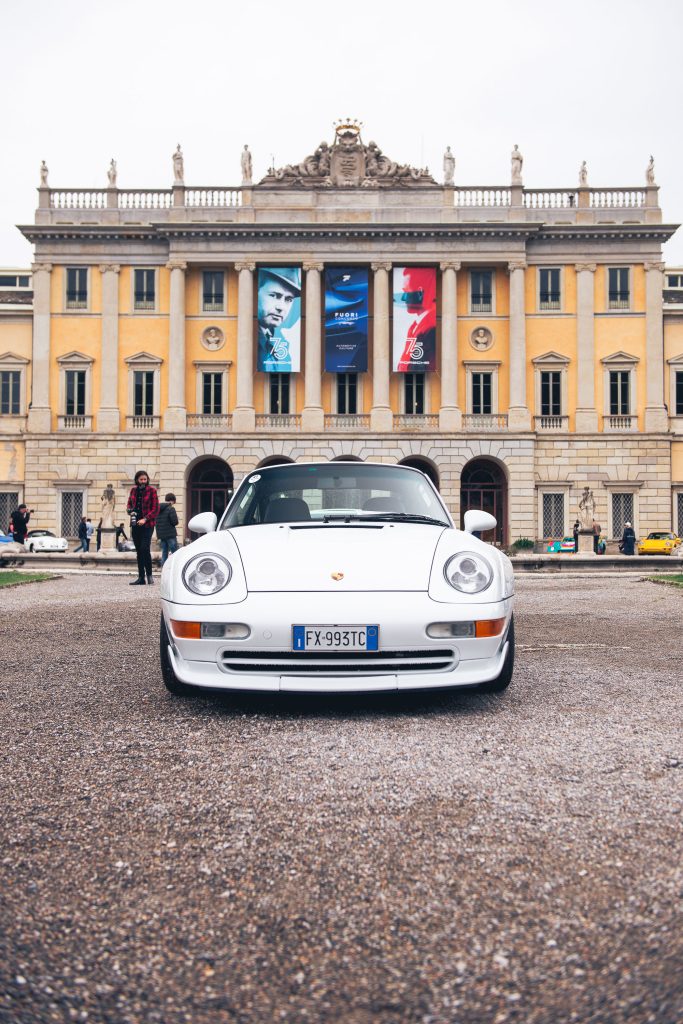
Villa Olmo, the final of Fuori’s trio of venues, is reminiscent of Hampton Court Palace’s east facade and gardens. The imposing frontage and open grounds are much more familiar concours territory, but a novel surprise was that this location’s display was free to the public. In what is its 75th anniversary year, Porsche opted to occupy Olmo exclusively and showcase a mouth-watering selection of road and race cars from its museum in Stuttgart.
The company’s founding 356 model was represented in both iconic Speedster and Carrera ‘Dreikantschaber’ variants, the latter being one of just two built as the last aluminium-bodied race cars made by the factory. Its Teutonic nickname references its sharper profile (it translates as ‘triangular scraper’), and the DKS was an important link between the competition Porsches essentially born out of the 1940s and those which propelled the brand through the 1960s and ‘70s.
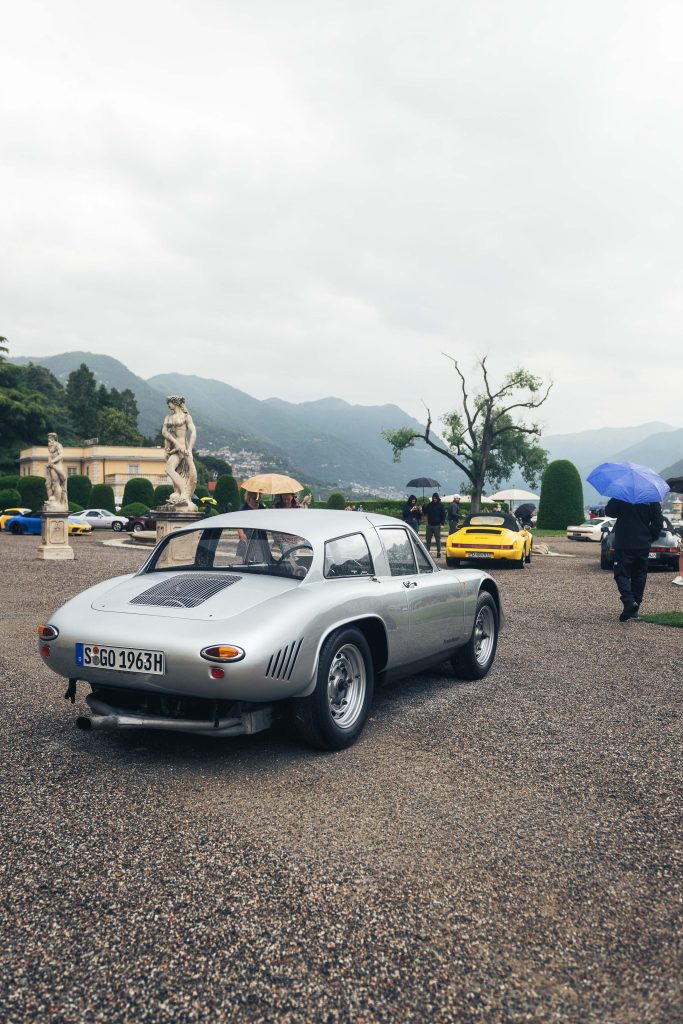
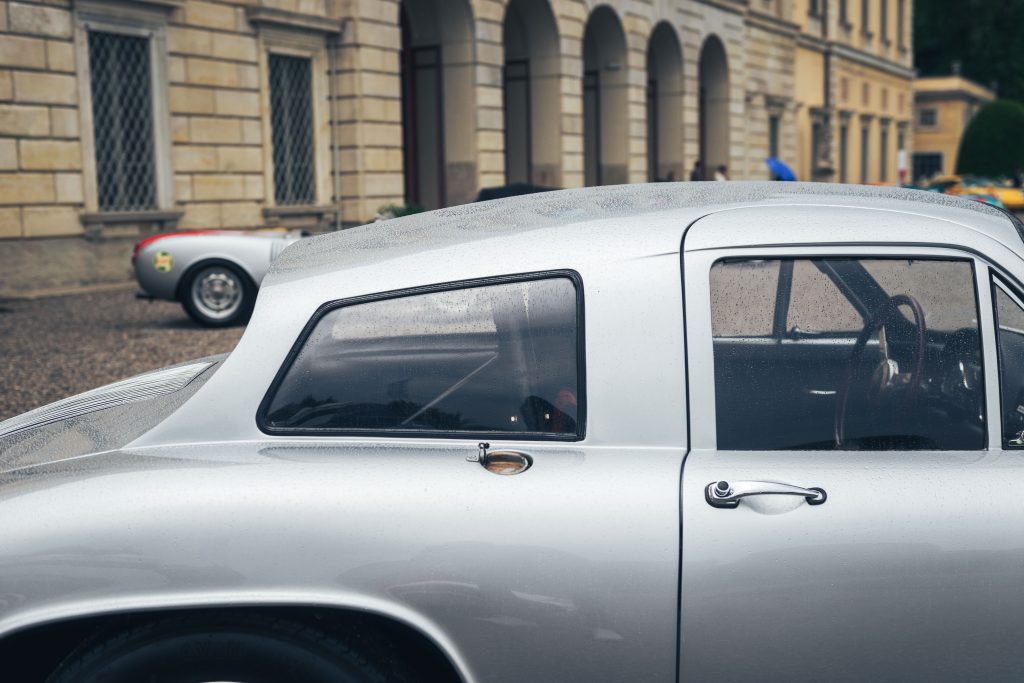
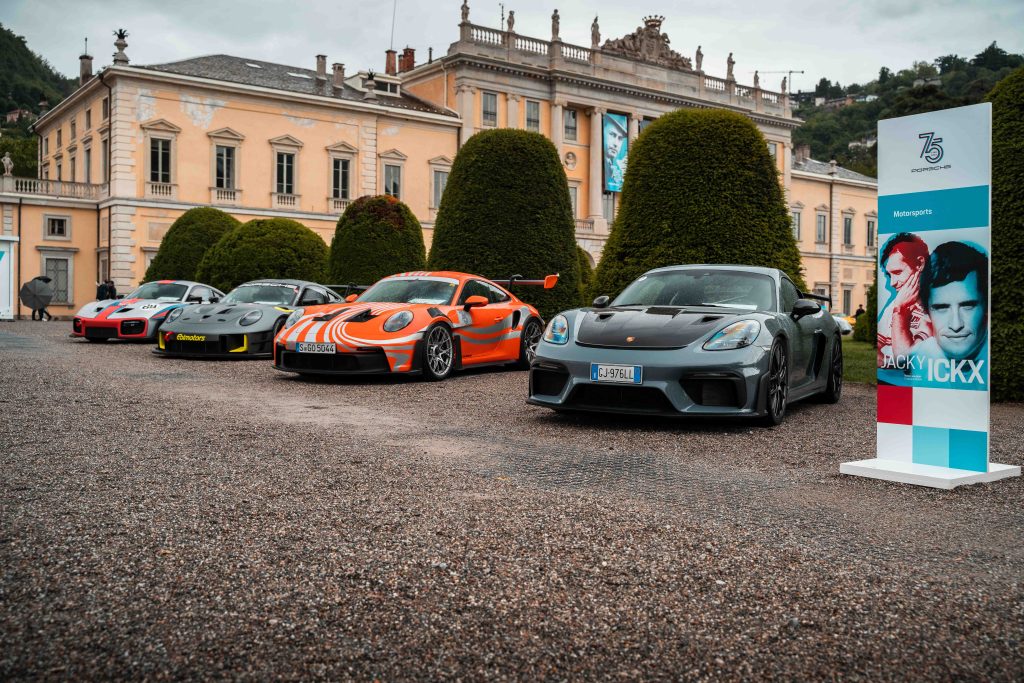
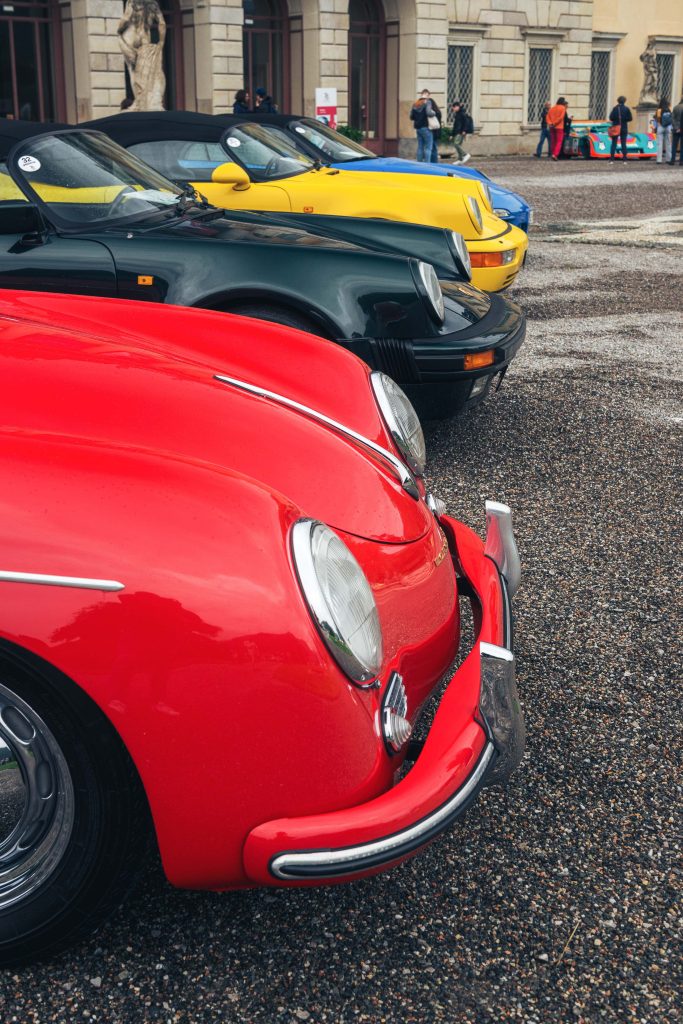
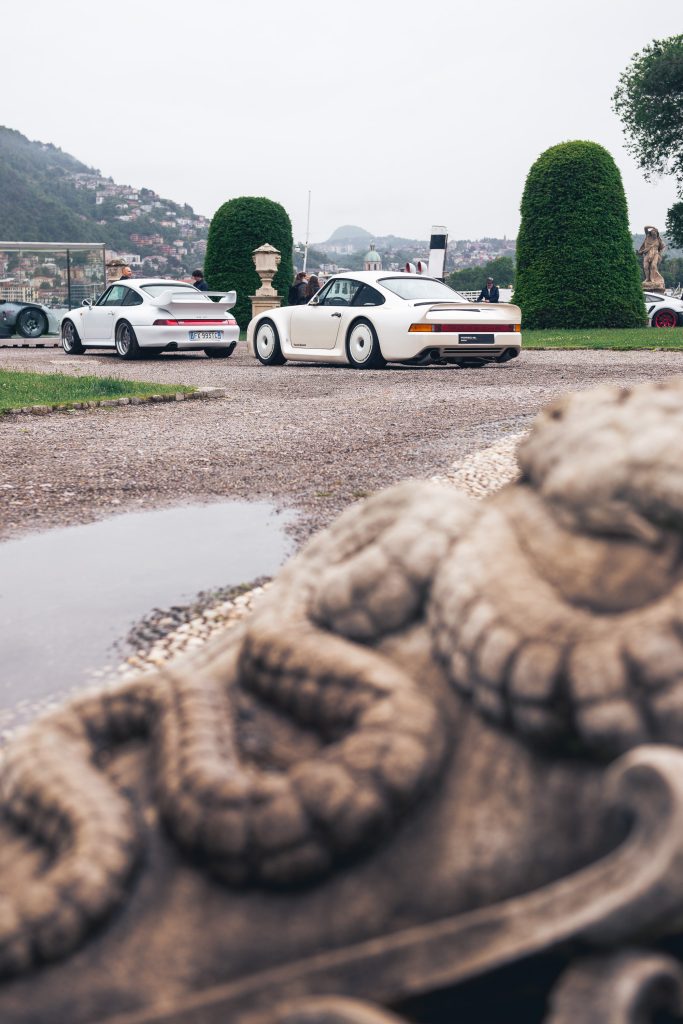
A comprehensive timeline of 911 derivates was afforded luxurious acreage within the grounds of Villa Olmo, allowing the various silhouettes—2.7 Carrera RS, 935 ‘Moby Dick’, 930 Turbo—to be admired by the many visitors who braved the rain. It was the Vaillant-liveried 917-30, however, which seemed most effective at arresting the progress of those trying to out-walk the weather. All day, the truly international audience could be heard asking the same question: “What sort of person could be mad enough to pilot such a monstrous machine?” The answer offered by a local dog walker who’d stumbled upon this event needed little translation: “astronauta”. Perhaps even more special than the cars on hand, however, was seeing fourth-generation Ferdi Porsche strolling through the mechanical embodiment of his family tree.
And that really was a metaphor for the essence of Fuori: youthful enthusiasm supercharging interest in the old car world. It is a world, after all, which can oftentimes seem at risk of succumbing to an aging population. We look forward to seeing how this event develops for 2024.
